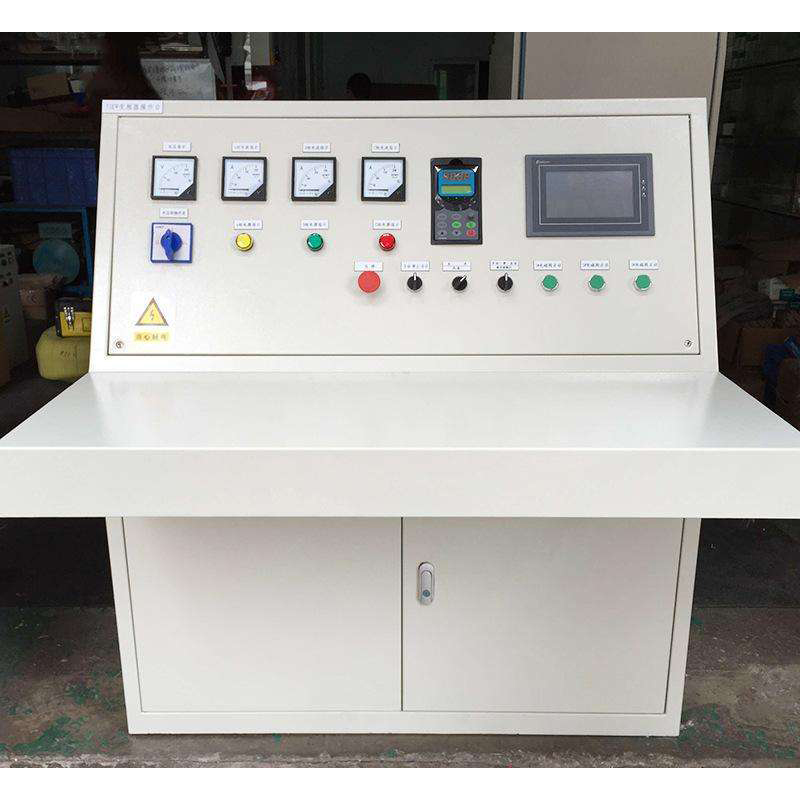
10 月 . 16, 2024 02:59
Back to list
Understanding the Function and Importance of Relief Valves in Pressure Systems
Understanding Relief Valves Function, Types, and Applications
Relief valves are crucial components in various industrial applications, serving a vital role in maintaining safety and efficiency within pressurized systems. These devices are designed to automatically release excess pressure from a system, protecting equipment and preventing catastrophic failures. In this article, we will delve into the function of relief valves, explore different types, and discuss their applications across various industries.
Function of Relief Valves
The primary function of a relief valve is to maintain a predefined pressure within a system. When the pressure exceeds a pre-set limit, the relief valve opens, allowing the excess pressure to be released safely, thereby preventing potential damage to the system or even accidents. Once the pressure falls below a certain threshold, the valve automatically closes, resuming normal operation. This automatic operation is critical in protecting equipment, such as boilers, pressure vessels, and pipelines.
Relief valves operate based on the principle of force balance. They typically consist of a spring-loaded mechanism that exerts pressure on a sealing element. When the system pressure exceeds the spring force, the valve opens, and the excess fluid is released. The design ensures that the valve closes tightly once the system is back within its safe operational range.
Types of Relief Valves
There are several types of relief valves, each suited for specific applications and operating conditions. The most common types include
1. Spring-Loaded Relief Valves These are the most frequently used relief valves in various applications. They rely on a spring to hold the valve closed and release pressure when the spring's force is overcome. Spring-loaded valves are straightforward in design, making them reliable and easy to maintain.
2. Pilot-Operated Relief Valves These valves use a smaller pilot valve to control the larger main valve. The pilot valve opens or closes based on system pressure, providing enhanced performance and stability, particularly in systems that experience fluctuating pressure.
3. Balanced Bellows Relief Valves Featuring a bellow design that allows for the equalization of operating pressure, balanced bellows relief valves minimize the effects of back pressure. This makes them ideal for applications where back pressure could impact performance.
relief valve

4. Electronic Relief Valves With advancements in technology, electronic relief valves have become more prevalent. These valves can be controlled remotely and provide precise pressure regulation, making them suitable for modern automated systems.
Applications of Relief Valves
Relief valves are used across a wide array of industries, including
- Oil and Gas In the oil and gas sector, relief valves are critical for managing pressures in pipelines, storage tanks, and production facilities. They help prevent dangerous overpressure situations that could result in leaks or explosions.
- Chemical Manufacturing Many chemical processes involve the handling of volatile substances under high pressures. Relief valves are essential in preventing overpressure scenarios that could lead to hazardous material releases or reactions.
- Power Generation In power plants, relief valves are used in steam systems, ensuring that boilers and turbines operate safely without exceeding pressure limits.
- Water and Wastewater Municipal water systems utilize relief valves to manage pressure surges and protect pipelines and treatment facilities.
- HVAC Systems In heating, ventilation, and air conditioning systems, relief valves help regulate pressure in refrigerant lines, preventing equipment failure and inefficiencies.
Conclusion
Relief valves are indispensable in ensuring the safe operation of pressurized systems across various industries. By understanding the function, types, and applications of these valves, engineers, and operators can better design and maintain systems that prioritize safety and efficiency. As technology continues to advance, the design and functionality of relief valves are expected to evolve, further enhancing their role in industrial safety and process control. Proper selection and maintenance of relief valves can lead to significant safety improvements and operational efficiency, making them a fundamental aspect of modern engineering practices.
Next:
Latest news
-
Unlocking The Quality Gas Pressure ReducersNewsNov.01,2024
-
The Role of Gas Pressure Reducing StationsNewsNov.01,2024
-
The Importance and Functionality of Safety Relief ValvesNewsNov.01,2024
-
The Essential Role of Safety Valves in Natural Gas ApplicationsNewsNov.01,2024
-
The Essential Role of Gas Pressure RegulatorsNewsNov.01,2024
-
Enhance Your Premium Gas FiltersNewsNov.01,2024

